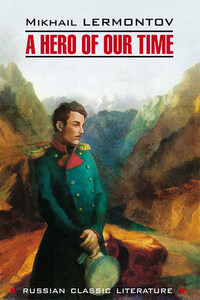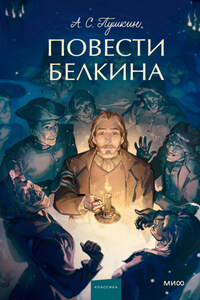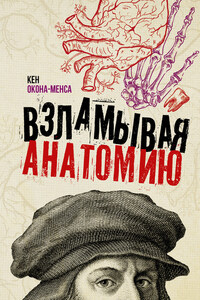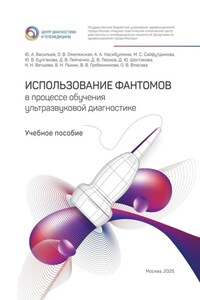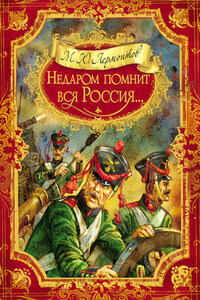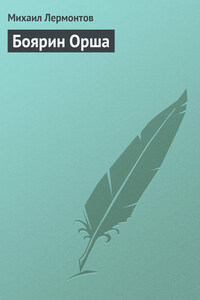I was traveling along the military road back from Tiflis. the only luggage in the little cart was one small suitcase half full of travel notes about Georgia. Fortunately for you most of them have been lost since then, though luckily for me the case and the rest of the things in it have survived.
The sun was already slipping behind a snowcapped ridge when I drove into Koishaur Valley. The Ossetian coachman, singing at the top of his voice, tirelessly urged his horses on in order to reach the summit of Koishaur Mountain before nightfall.
What a glorious spot this valley is! All around it tower awesome mountains, reddish crags draped with hanging ivy and crowned with clusters of plane trees, yellow cliffs grooved by torrents, with a gilded fringe of snow high above, while down below the Aragva River embraces a nameless stream that noisily bursts forth from a black, gloom-filled gorge and then stretches in a silvery ribbon into the distance, its surface shimmering like the scaly back of a snake.
On reaching the foot of the Koishaur Mountain we stopped outside a tavern where some twenty Georgians and mountaineers made up a noisy assembly. Nearby a camel caravan had halted for the night. I saw I would need oxen to haul my carriage to the top of the confounded mountain, for it was already fall and a thin layer of ice covered the ground, and the climb was a mile and a half long.
So I had no choice but to rent six oxen and several Ossetians. One of them lifted up my suitcase and the others started helping the oxen along – though they did little more than shout.
Behind my carriage came another pulled by four oxen with no visible effort, though the vehicle was piled high with baggage. This rather surprised me. In the wake of the carriage walked its owner, puffing at a small silver-inlaid Kabardian pipe. He was wearing an officer’s coat without epaulets and a shaggy Circassian cap. He looked about fifty, his tan face showed a long relationship with the Caucasian sun, and his prematurely gray mustache did not match his firm step and vigorous appearance. I went up to him and bowed. He silently returned my greeting, blowing out an enormous cloud of smoke.
“I guess we’re fellow travelers?”
